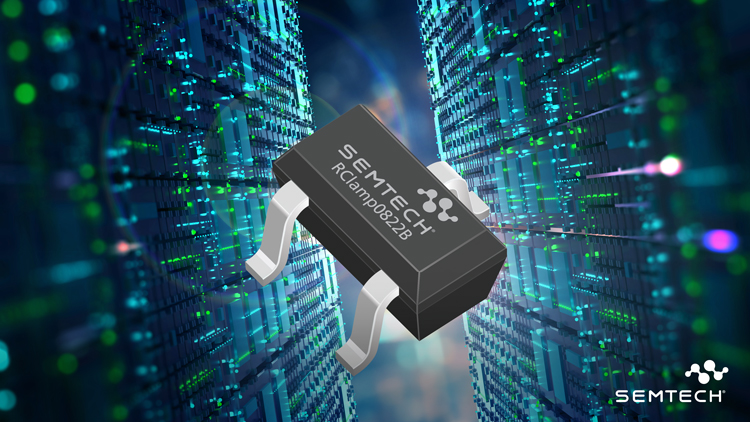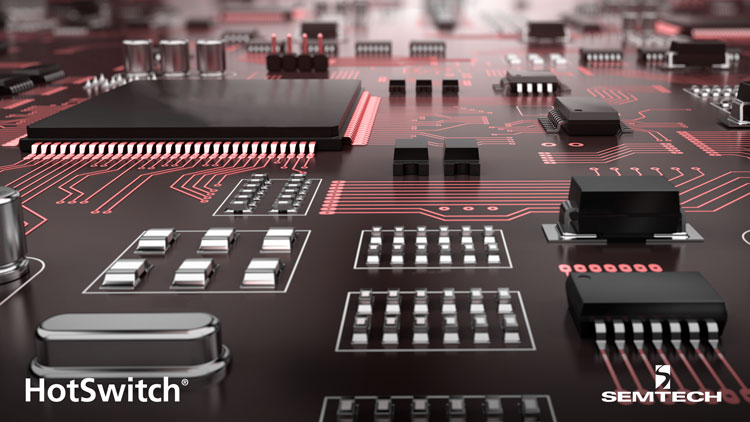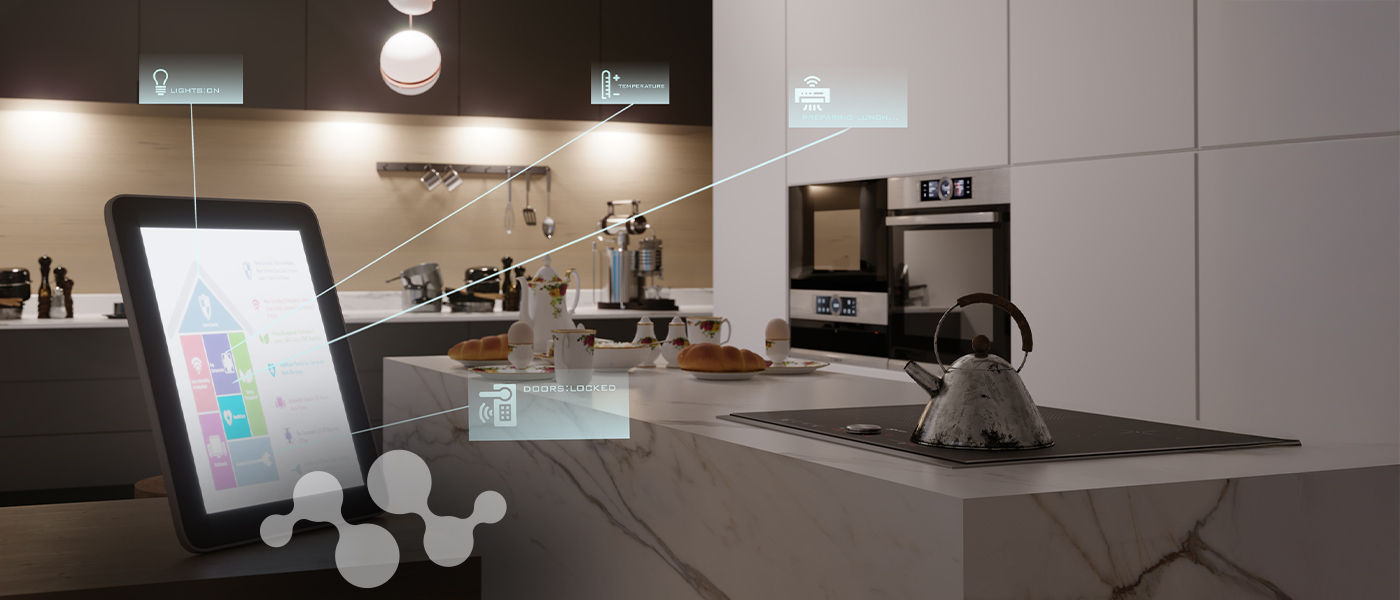Overview
Please use GS3241 and GS3281 for new designs.
The GS2985 is a multi-rate serial digital reclocker designed to automatically recover the embedded clock from a digital video signal and retime the incoming video data.
It will recover the embedded clock signal and retime the data from a SMPTE 424M, SMPTE 292M, or SMPTE 259M-C compliant digital video signal.
A serial host interface provides the ability to configure and monitor multiple GS2985 devices in a daisy-chain configuration.
Adjustable input trace equalization (EQ) for up to 40" of FR4 trace losses, and adjustable output de-emphasis (DE) for up to 20" of FR4 trace losses, can be configured via the host interface.
The GS2985 can operate in either auto or manual rate selection mode. In Auto mode, the device will automatically detect and lock onto incoming SMPTE SDI data signals at any supported rate. For single rate data systems, the GS2985 can be configured to operate in Manual mode. In both modes, the device requires only one external crystal to set the VCO frequency when not locked and provides adjustment free operation.
The GS2985 accepts industry-standard differential input levels including LVPECL and CML. The differential data and clock outputs feature selectable output swing via the host interface, ensuring compatibility with most industry-standard, terminated differential receivers.
The GS2985 features dual differential outputs. The second output can be configured to emit either the recovered clock signal or the re-timed video data. This output can also be disabled to save power.
In systems which require passing of non-SMPTE data rates, the GS2985 can be configured to either automatically or manually enter a bypass mode in order to pass the signal without reclocking.
The GS2985 is Pb-free, and the encapsulation compound does not contain halogenated flame retardant. This component and all homogeneous sub-components are RoHS compliant.
Features
- SMPTE 424M, SMPTE 292M and SMPTE 259M-C compliant
- Single supply operation at 3.3V or 2.5V
- 180mW typical power consumption (213mW with RCO enabled) at 2.5V
- Supports DVB-ASI at 270Mb/s
- Input signal equalization and output-signal de-emphasis settings to compensate for board-trace dielectric losses
- 4:1 input multiplexer patented technology
- Choice of dual reclocked data outputs or one reclocked data output and one clock output
- Uses standard 27MHz crystal
- Cascadable crystal buffer supports multiple reclockers using a single crystal
- Differential inputs and outputs
- Support DC coupling to industry-standard differential logic
- On-chip 100Ω differential data input/output termination
- Selectable 400mVppd or 800mVppd output swing on each output
- Seamless interface to other Gennum products
- 4 wire SPI host interface for device configuration and monitoring
- Standard logic control and status signal levels
- Auto and Manual modes for rate selection
- Standards indication in Auto mode
- Lock Detect Output
- Mute, Bypass and Autobypass functions
- SD/HD indication output to control GS2978 or GS2988 dual slew-rate cable drivers
- Operating temperature range: -40°C to +85°C
- Small footprint QFN package (9mm x 9mm)
- Package-compatible with GS2975A
- Pb-free and RoHS compliant
Order Codes
- GS2985-INTE3: Lead-Free, RoHS Compliant, Tape and Reel-250 Pieces
- GS2985-INE3: Lead-Free, RoHS Compliant, Tray-260 Pieces
PB Free/ROHS
Learn More →
| Documents | Release Date | Type | |
|---|---|---|---|
| GS2985 Datasheet | 2018-11-14 | ||
| GS2985 IBIS Model | 2019-03-02 | IBS | |
Applications
- Distribution Amplifiers
- Master Control Switchers
- Production Switchers
- Routers
- SMPTE 424M, SMPTE 292M and SMPTE 259M-C coaxial cable serial digital interfaces
- Test and Measurement Equipment
Inventory
| Product | Country | Distributor | Qty | Buy |
|---|
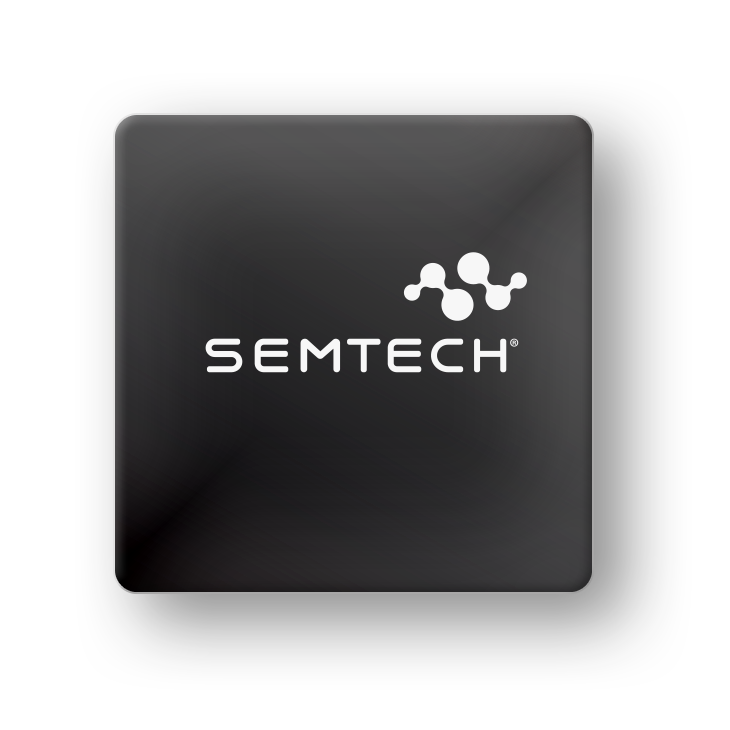


.jpg)

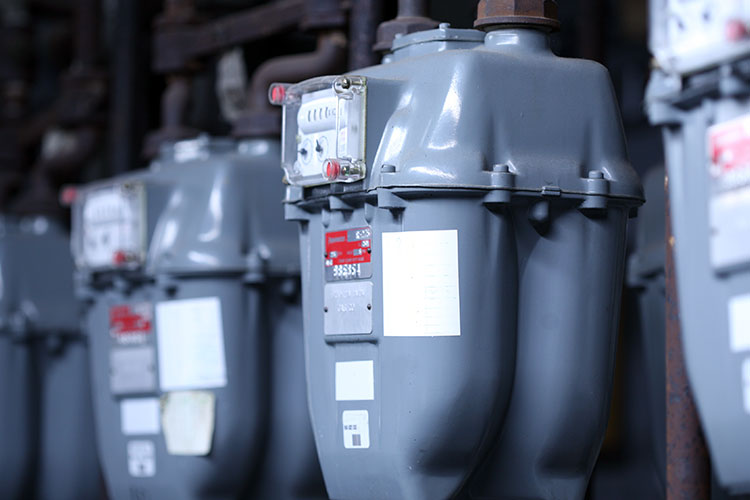
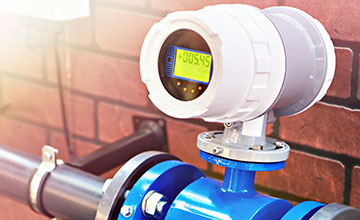










.png)








